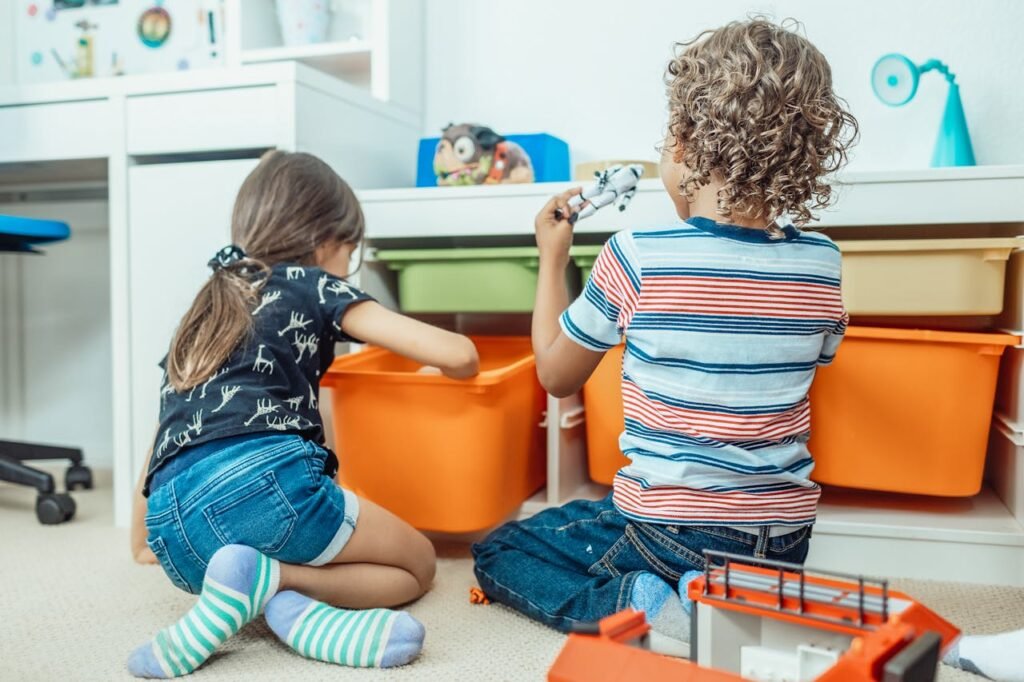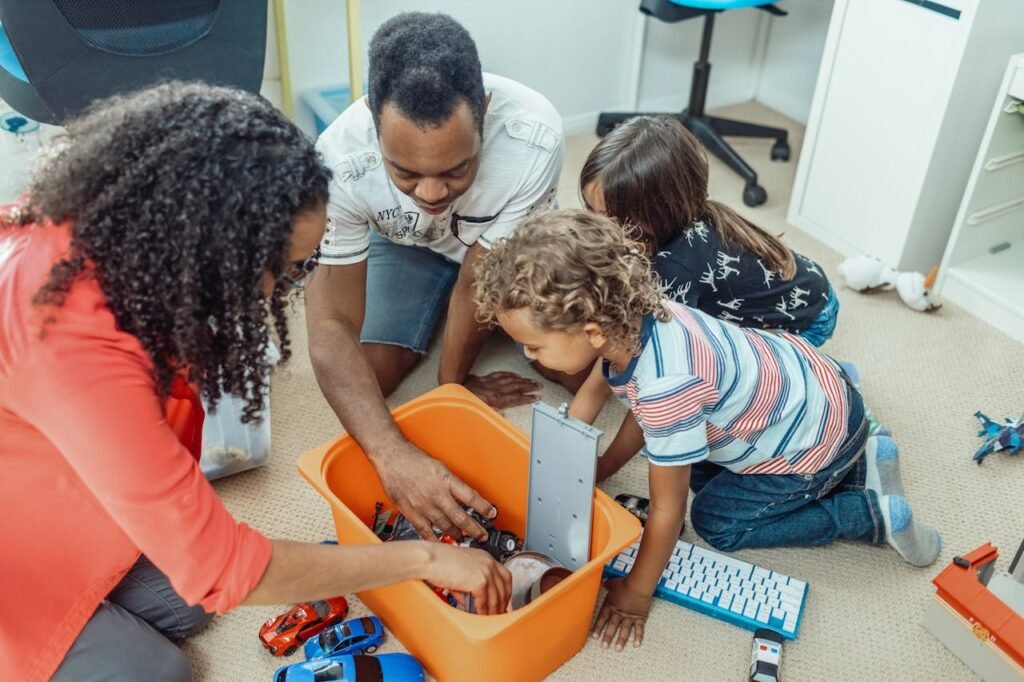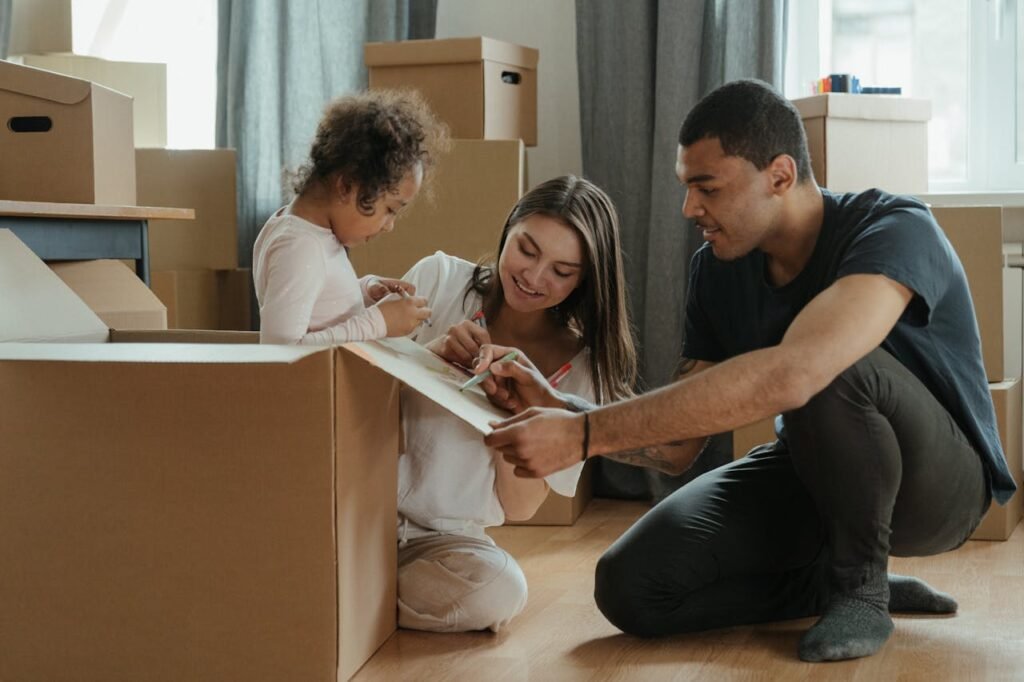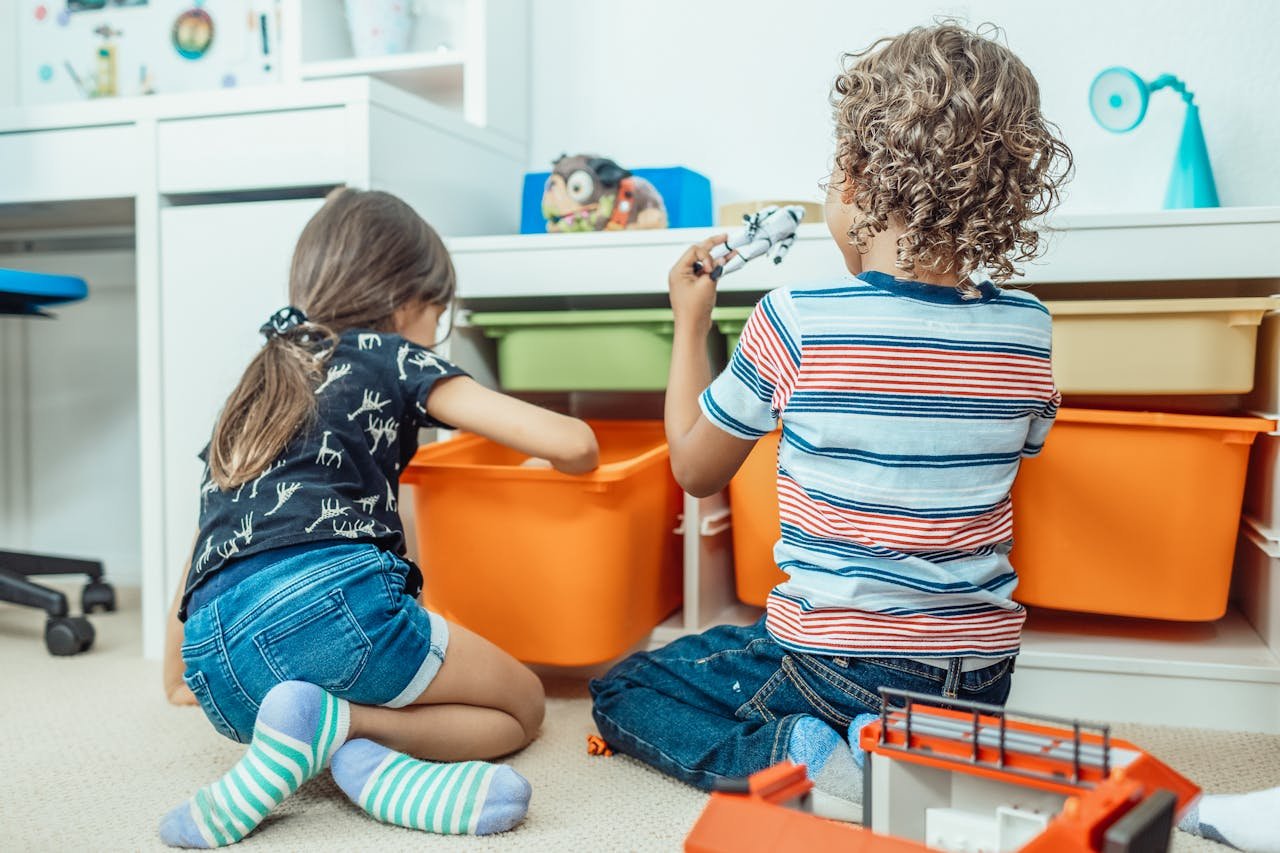Moving to a new home can be an exciting but overwhelming experience, especially for kids. One of the most important tasks is turning their new room into a space that feels familiar and comforting. A well-organized moving-in checklist for kids can help ease the transition and make them feel settled quickly. This article will guide you through the steps to moving with your kids and how to make their room cozy, organized, and ready for all the adventures.
Efficiently for a Smooth Transition
When packing for the trip, make sure you take the time to organize your child’s belongings. Separate clothes, toys, books, and school supplies into different boxes to make unpacking easier. Label each box clearly, and prioritize essential items such as bedding, toiletries, and toys so they can be unpacked first. This will ensure that your child has immediate access to their favorite things and important belongings as soon as they arrive in the new home.
A moving-in checklist for kids should include not only the things to be unpacked but also the order in which they should be unpacked. Prioritize the essentials and create a plan for organizing the room so your child can settle in quickly. Unpacking efficiently will help your child feel more comfortable, as they won’t have to wait for days to find their favorite stuffed toy or blanket.
Personalize the Room with Favorite Colors and Themes
One of the quickest ways to make a room feel like home is by adding personal touches. Use the best tips on room decor such as using your child’s favorite colors to paint the walls or choose bedding, rugs, and curtains that match their preferences. This can instantly create a connection to the room and make it feel uniquely theirs. Kids thrive in environments that reflect their personality and interests.
Consider their hobbies or favorite characters, whether it’s superheroes, animals, or space exploration. You can integrate these themes with wall decals, bedding, and accessories. It’s important to get their input during this phase to ensure they feel included in the process. When they see their favorite things around them, they will quickly begin to associate their new room with comfort and familiarity.

Focus on Comfort and Practicality
While personalization is important, comfort is key. Make sure the bed is the focal point of the room, as this is where your child will spend most of their time. Invest in a good-quality mattress and pillows that will provide the best support for a restful night’s sleep. For younger children, consider adding soft sheets with their favorite characters or animals. Comfortable bedding not only encourages good sleep but also creates a cozy atmosphere.
Next, focus on the practicality of the room. Ensure there is enough storage space for clothes, toys, books, and other belongings. Consider adding a closet organizer, shelves, or under-bed storage to keep things tidy. A clutter-free room is essential for promoting a sense of calm and order, which can help your child adjust to their new home more easily.
Include a Dedicated Play or Study Area
Having a dedicated play or study area is an essential part of any moving-in checklist for kids. If space allows, designate an area where your child can engage in their favorite activities. A small corner with a desk or table can serve as a study space, while a play area with toys and games will keep them entertained. By organizing the room this way, you allow your child to have a space for both relaxation and creativity.
Make sure the play or study area is well-lit, either with natural light or a good desk lamp. Storage bins or baskets can help keep the area tidy, while also giving your child easy access to their favorite items. Having this area set up and ready will allow your child to feel like they have their own personal space for both fun and learning.

Add Special Touches to Make the Room Cozy
Small details can make a huge difference in turning a new room into a cozy haven. Add soft furnishings like pillows, blankets, and a comfy chair to make the space feel inviting. Consider including a small rug to provide warmth and texture to the floor. These touches not only enhance comfort but also create a visually pleasing environment that feels homey.
If your child is young, adding a nightlight or a string of soft lights can make the room feel even cozier and provide a sense of security at night. A few personal items, such as family photos or a cherished stuffed animal, can also help ease the transition and make the room feel more familiar. These little things make a big difference in how your child experiences their new space.
Create a Routine to Help Your Child Settle In
After the physical setup, establishing a routine is the next key step in helping your child feel at home. Routines provide a sense of security, especially in a new environment. Set regular meal times, bedtimes, and playtimes to create a sense of stability. A consistent routine will help your child adjust to their new surroundings and establish a feeling of normalcy.
Involve your child in the process by allowing them to make small decisions about their new space. Whether it’s picking out a new lamp or choosing which books to keep by their bed, giving your child some control will help them feel more connected to their new room. This involvement can ease feelings of uncertainty and give them a sense of ownership over their space.

Alt: family packing for the move
Caption: Relocation doesn’t have to be difficult.
Conclusion: A Room That Feels Like Home
Moving to a new home can be a big change, but with a well-planned moving-in checklist for kids, you can make the transition smoother. By focusing on personalization, comfort, and practicality, you can create a room that your child will love and feel comfortable in right away. The key is to make the space feel familiar, organized, and cozy, while also allowing for personal touches that make it uniquely theirs. With these simple steps, your child will feel right at home in their new room in no time.

